Pole Barn Insulation: How to Insulate Your Pole Barn to Improve Energy Efficiency & Comfort?
Without pole barn insulation, your pole barn can feel like a sauna during summer and a freezer during winter. Regarding the financial implications, your energy bills will be outrageous because your HVAC system will consume a lot of energy to solve this problem. However, proper insulation can help you maintain a comfortable temperature in your pole barn throughout the year.

Insulating your pole barn is not only about staying comfortable but also about saving money. A well-insulated pole barn can significantly reduce your energy bills and increase your savings.
Everything you need to know regarding pole barn insulation is in this article. We will discuss the following:
- The benefits of insulating your pole barn.
- Different types of pole barn insulation and how to choose the right one.
- Step-by-step guide on how to insulate your pole barn.
- Common mistakes to avoid during pole barn insulation.
Why Insulate Your Pole Barn?
Poles barns are type-frame construction usually made with wood framing, but the sheeting can be wooden or metallic. A pole barn is cost-effective to construct, and asides from being used for agricultural purposes, they can be used as offices, storage rooms, or even garages. Nevertheless, no matter the purpose of a pole barn, it must maintain a stable temperature all year round.

The following reasons are why pole barn insulation is important:
1. Improved Energy Efficiency
Improved energy efficiency is one of the biggest benefits of pole barn insulation. Insulating your pole barn reduces heat transfer through the metal sheetings and roofs of the pole barn. By creating a thermal barrier to prevent heat loss, pole barn insulation also reduces energy consumption by the HVAC system.
2. Increased Comfort
Metal sheeting absorbs heat easily during the summer and loses heat during winter, making the pole barn unlivable. Pole barn insulation is the best way to improve comfort during harsh weather conditions by always maintaining a comfortable temperature. In addition, insulating your pole barn improves air quality by reducing air infiltration from the outside.
3. Reduced Noise
If you have a pole barn with a metal building, then you know how noisy it gets when it rains. Insulating your pole barn helps reduce environmental noise by absorbing sound waves.
4. Protection Against Moisture
Condensation in pole barns have negative, and it is caused by moisture. Moisture buildup in your pole barn causes mold growth and mildew. Pole barn insulation protects you against moisture by creating a vapor barrier. By preventing moisture, you can also prevent condensation that can lead to rust.
5. Protection of Stored Items
If you use your pole barn as a storage room, insulating it provides additional safety. Pole barn insulation is important to maintain stable temperature and moisture levels. Whether you are storing temperature-sensitive items or items that can rust easily, pole barn insulation provides that protection and stable environment to keep your items in good condition all year.
6, Increased Property Value
Insulating your pole barn will increase the value of your property as it attracts potential buyers. An energy-efficient pole barn that provides indoor comfort has a higher market value than when it is unheated. In addition to increasing the property value, insulation reduces maintenance costs and extends the lifespan of the pole barn.
Types of Pole Barn Insulation & Choosing The Right Insulation
Several types of insulation can be used in pole barns. However, choosing the right insulation depends on certain factors like budget, pole barn insulation R-value, and preference. The following are the common type of pole barn insulation.

1. Spray Foam Insulation
Spray foam insulation is certainly the best way to insulate a pole barn. This insulation is a type of insulation that is applied as a liquid and expands to fill the walls of the pole barn. Spray foam insulation provides excellent thermal resistance in pole barns by sealing all the holes, gaps, and crevices.
Spray foam insulation is applied to the walls or roof of the pole barns to create an air-tight seal causing it to reduce heat loss and noise and prevent moisture. Spray foam insulation offers a very high R-value compared to other insulation types, providing a higher heat transfer resistance. However, despite its numerous benefits, spray foam insulation costs can be expensive.
2. Fiberglass Batt Insulation
Fiberglass batts insulation is popular, and it is considered the cheapest way to insulate a pole barn. Fiberglass batts insulation is made from fine glass fibers and applied as rolls or batts into the walls and roofs of the pole barns. Fiberglass is popular because it is easy to install, but it does not provide a vapor barrier like spray foam insulation.
3. Cellulose Insulation
Cellulose insulation is made from recycled paper and blown into the wall frame of the pole barns. The insulation is inexpensive to install and provides an R-value of R3.5 per inch, which is higher than fiberglass. However, cellulose does not do well with moisture as it absorbs it, causing mold growth or mildew.
4. Radiant Barrier
Radiant barrier involves the use of reflective material like aluminum foil to reflect radiant heat from the sun. A radiant barrier is applied on the underside of the roof, and it is very effective in areas with hot climates. In addition, radiant barriers are energy efficient and can reduce energy consumption in pole barns. However, to get the best out of a radiant barrier, it is important to install it properly.
Steps to Insulate Your Pole Barn
Proper installation is vital during pole barn insulation to experience maximum comfort and avoid complications. Here is a step-by-step guide on how to insulate your pole barn:

Step 1: Assess Your Pole Barn's Insulation Needs
Before you begin, determine the insulation that suits your budget and will effectively protect your pole barn. When assessing your pole barn, consider the climate in your area and inspect the building for cracks, holes, or gaps. Other factors that should be considered include the pole barn’s usage, size of the pole barn, and existing insulation.
Step 2: Prepare Your Pole Barn For Insulation
The next step is to prepare your pole barn for insulation by clearing the roof and walls of debris for easy application. Then, cleaning the pole barn to remove dust and dirt is important. In addition, repairing the damages in pole barns, like holes, gaps, cracks, and air leaks, is necessary before applying insulation.
Step 3: Choose and Install Insulation
Choosing the right insulation for your pole barn depends on your budget, needs, and climate. When choosing the right insulation, insulation cost and R-value of insulating material are important factors to consider.
For example, if you are considering between fiberglass insulation and spray foam insulation. Unlike fiberglass, spray foam performs well against moisture. Furthermore, Fiberglass insulation is inexpensive, but spray foam insulation offers a higher R-value. Spray foam is also durable, and you can reduce the cost to spray foam pole barn by taking it up as a DIY project.
Step 4: Seal Air Leaks
Air leaks undermine the effectiveness of your insulation by causing heat loss in your pole barns. Therefore, seal all gaps and leaks after installing the insulation.
Step 5: Consider the Vapor Barrier
If you are using other insulation or spray foam insulation, you must consider installing vapor barriers. Vapor barriers help reduce moisture buildup in your pole barns that can cause rust or mold growth. For the insulation to be effective, installing the vapor barrier before installing the insulating material is important.
Step 6: Finish With Interior Wall Covering
After applying the insulation, you can add your interior finishing. Again, different materials can be used for pole barn interior finishing, such as plywood, drywall, steel, etc.
Common Mistakes to Avoid When Insulating Your Pole Barn
Metallic building insulation, like pole barn insulation, is a significant investment, and it is important to get it right to avoid complications. If you want to get the best out of your pole barn, there are common mistakes that you must avoid. The common mistakes that must be avoided include the following:

1. Not Installing a Vapor Barrier
Moisture is a major source of damage to insulation and reduces its effectiveness. A vapor barrier creates a layer of protection that helps to prevent moisture in your pole barn.
2. Choosing the Wrong Insulation Type
When choosing the right insulation, always consider your budget, R-value, climate, and pole barn’s usage. The right insulation will save you costs on energy consumption and keep you comfortable.
3. Not Sealing Air Leaks
Air leaks undermine the effectiveness of pole barn insulation by causing heat loss in your building. Air leaks also cause high energy consumption. Therefore, it is vital to always check for air leaks and seal them after insulation.
4. Inadequate Insulation
Inadequate insulation is a common mistake made during pole barn insulation. Inadequate insulation is caused by using poor insulation material or the inability to meet the insulation needs of the pole barn. To adequately insulate your pole barn, use the insulation material with a high R-value and insulate all the different parts of your pole barn.
5. Poor Installation
Insulating over existing insulation and incorrect insulation are some examples of poor insulation. These mistakes should be avoided for effective insulation. You can hire a professional or follow the instructions manual. In addition, always insulate different parts of your pole barn. For example, pole barn ceiling insulation is just as important as pole barn roof insulation.
FAQs About Pole Barn Insulation
What Is The Best Pole Barn Insulation
The best pole barn insulation is spray foam insulation. Spray foam keeps your building air-tight and creates a vapor barrier to prevent moisture.
What Kind of Insulation Should I Use For My Pole Barn?
Spray foam insulation is the most effective insulation for your pole barn. Spray foam offers a high R-value and can improve the structural strength of your pole barn. Although spray foam insulation is an expensive option, you can save money by applying DIY spray foam using Fast Coat Product.
Is It Necessary To Insulate A Pole Barn?
Pole barn insulation is necessary to make your pole barn energy efficient and comfortable. In addition, insulation helps to reduce heat loss in your building and energy consumption, thereby saving you money while protecting you or your stored items.
Can I Install Insulation Myself?
Yes, you can insulate your building yourself by following the right guideline. Here is an article on how to insulate your home like a Pro. However, hiring a professional is the better option as they are more experienced.
What Is The Average Pole Barn Insulation Cost?
On average, pole barn insulation costs between $0.5 to $4.0 per square foot. Pole barn insulation cost depends on several factors, such as the type of insulation used, pole barn size, and location.
How Long Does Pole Barn Insulation Last?
The durability of pole barn insulation depends on the type of insulation used. Spray foam insulation, and fiberglass are durable and can last up to 80 years.
Conclusion
Insulation is the best way to make your pole barn energy-efficient and comfortable. The benefits of pole barn insulation include protection against noise and moisture, protection of stored items, and increased property value. In addition, a comfortable pole barn can be used for different purposes, such as an office, workshop, storage, or even a garage.
Choosing the right insulation for your pole barn can seem like a hurdle because of the several available insulation types. The thumb rule is to choose an insulation that suits your budget, pole barn needs, climate, and usage.
Author : Krakenbond Team



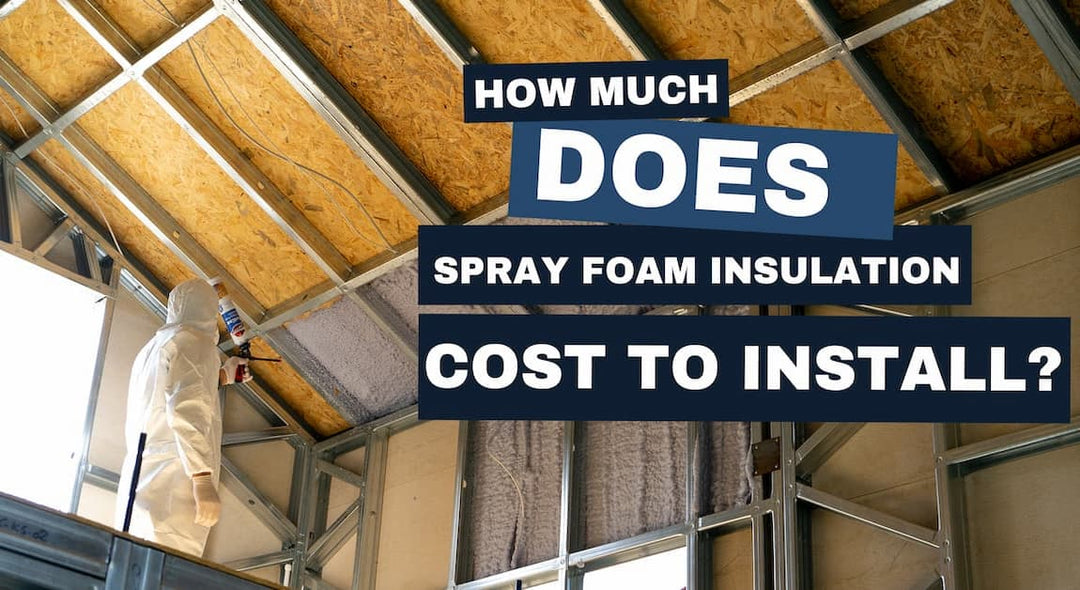
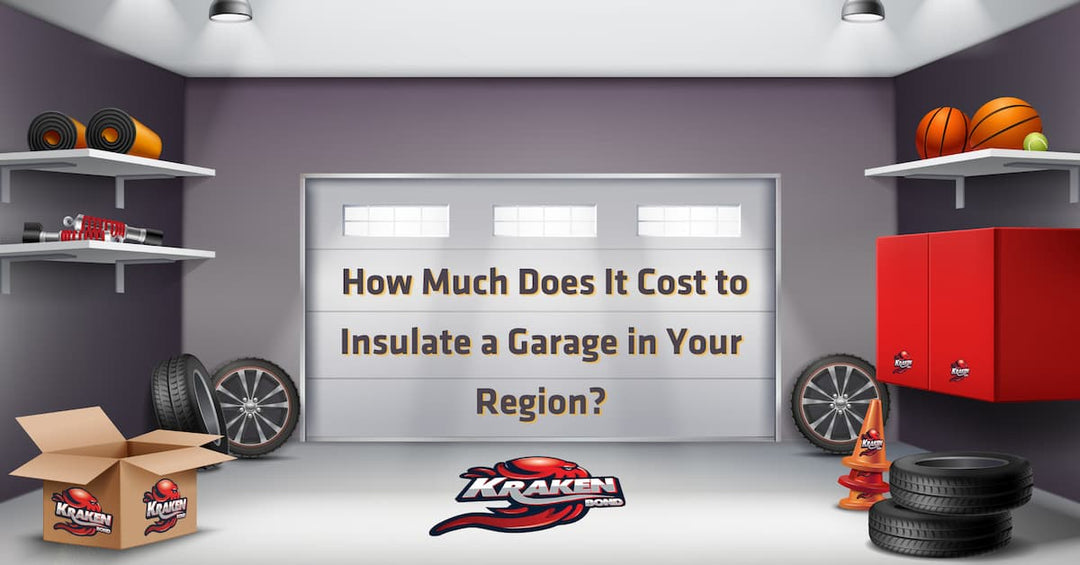
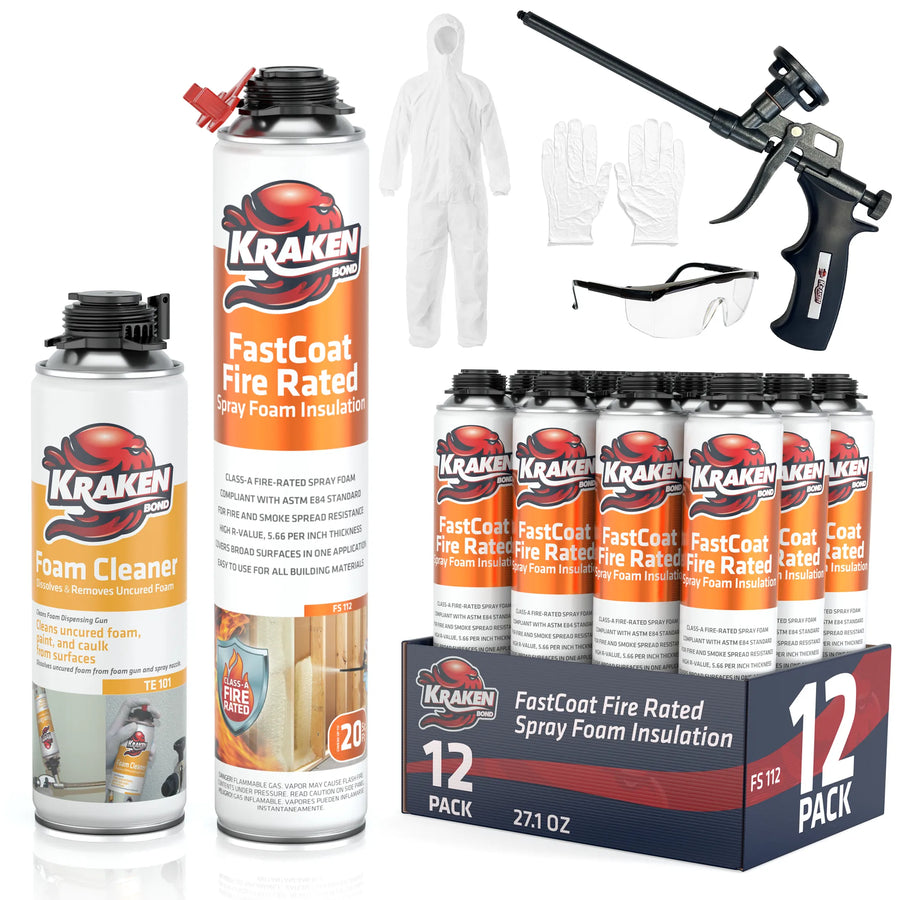




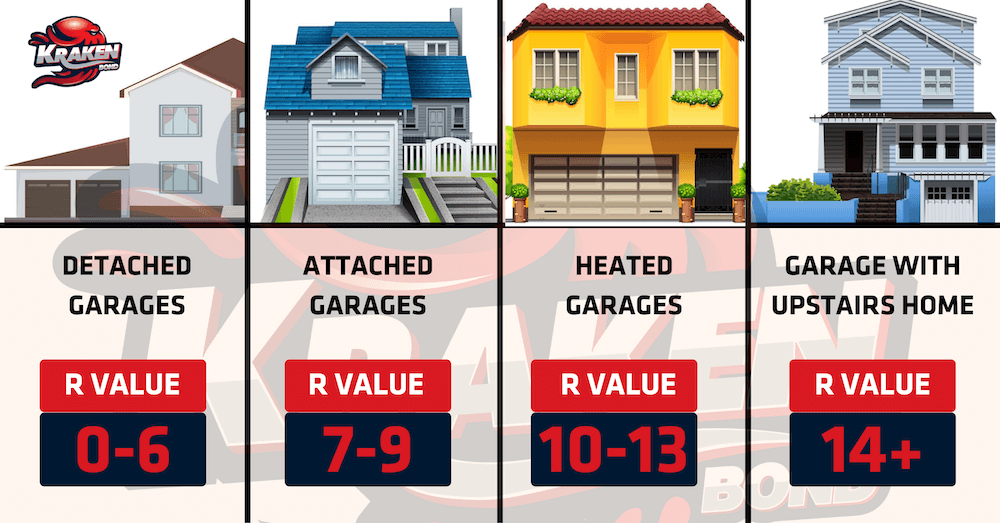
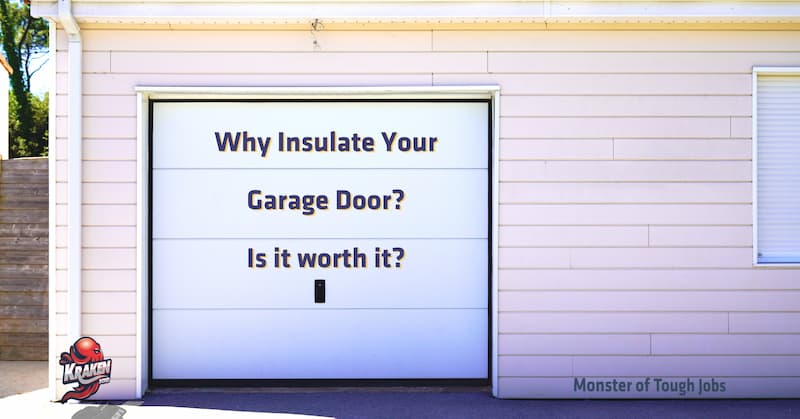
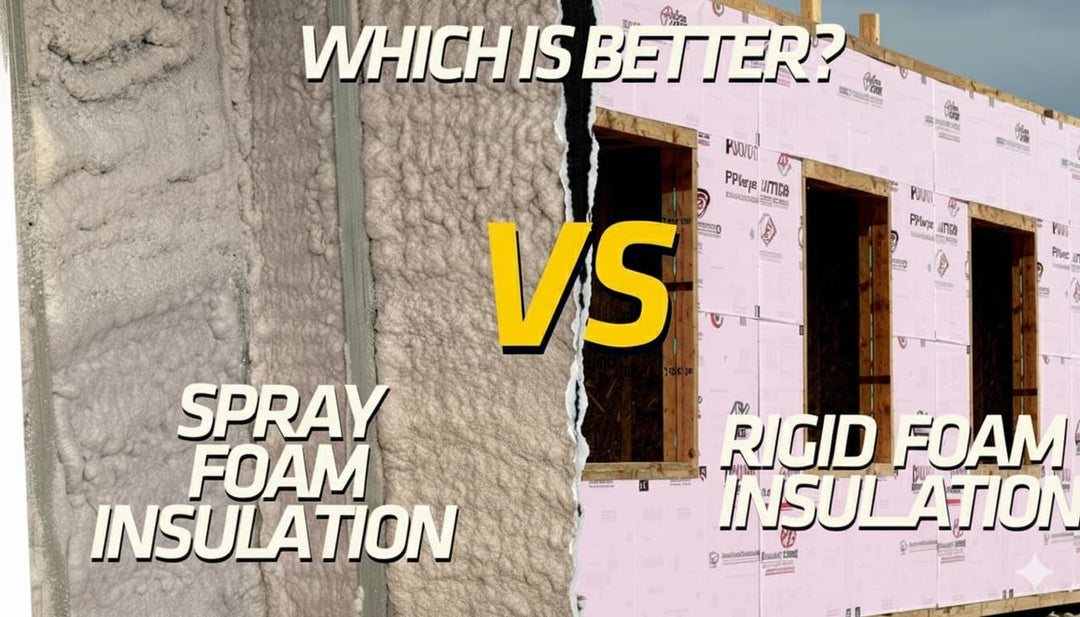
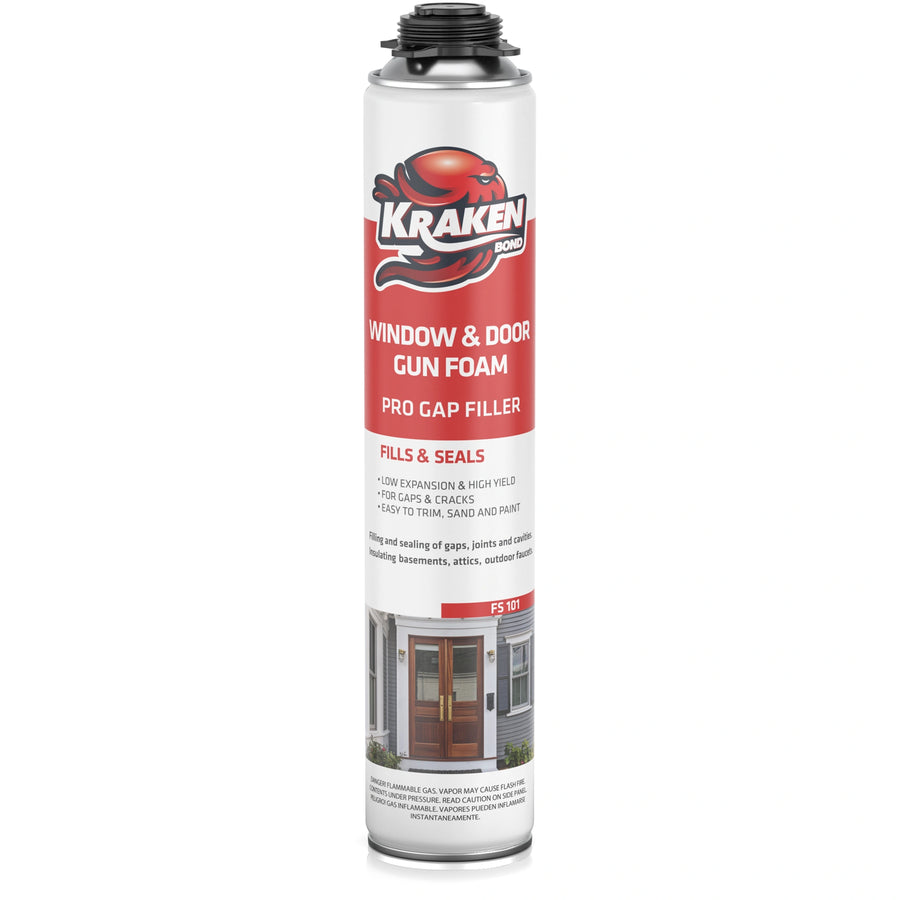
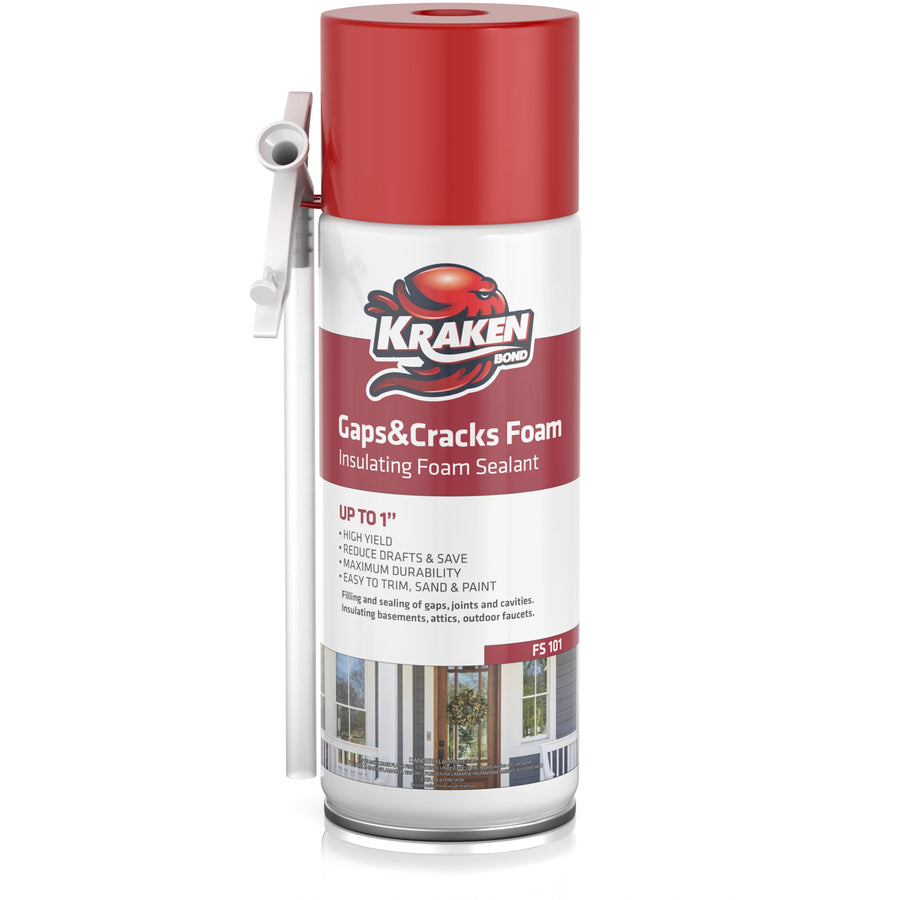
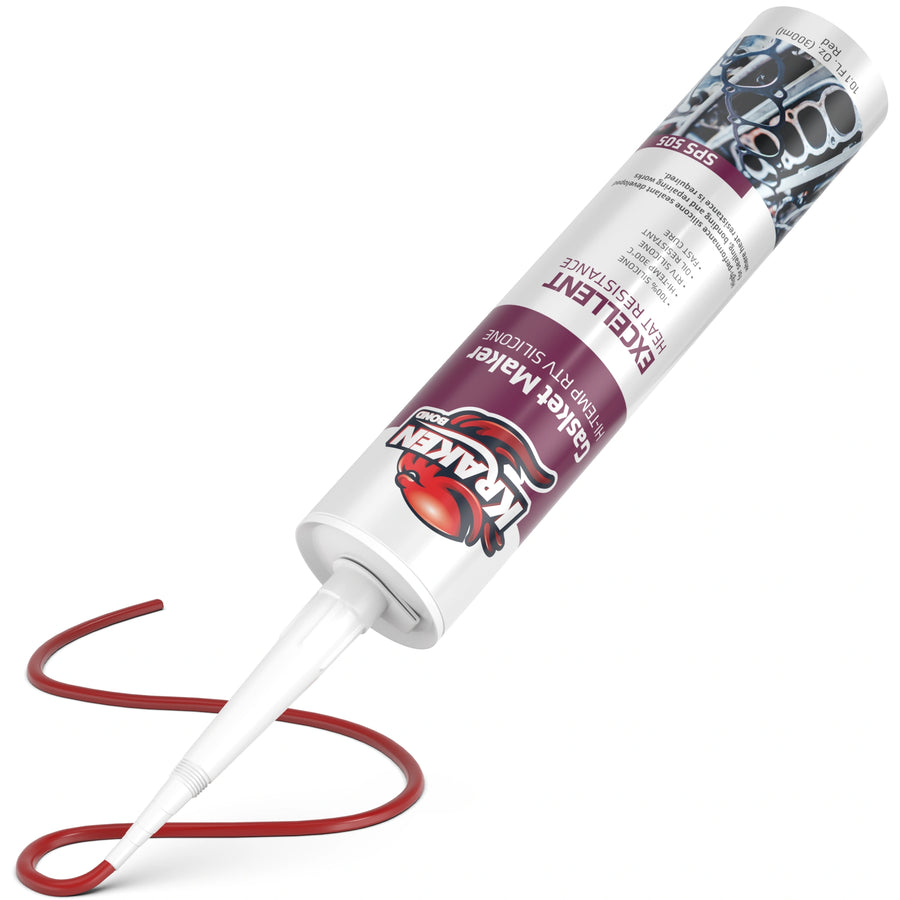
Leave a comment